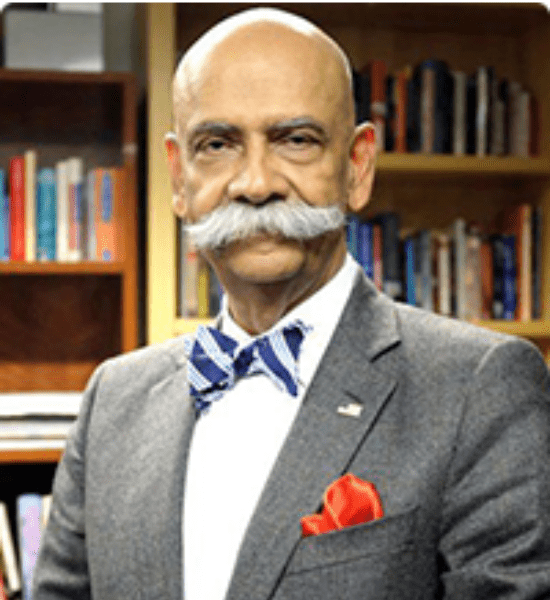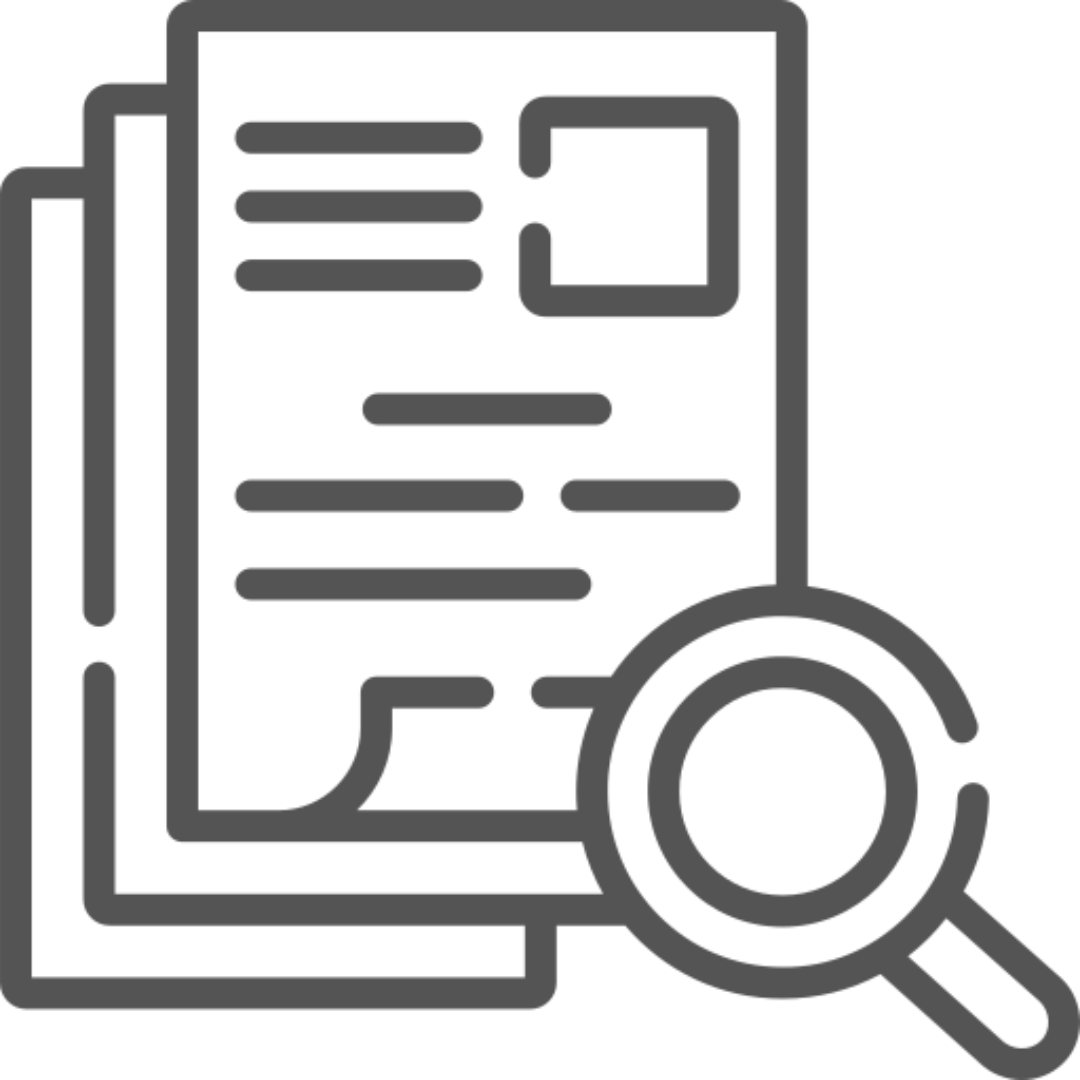Dr. Niazi's Bold Leap Forward
Dr. Sarfaraz K. Niazi’s groundbreaking petition, acknowledged by the FDA, marks a significant leap forward in the realm of generic and biosimilar drug development. By championing the concept of thermodynamic equivalence, Dr. Niazi proposes a revolutionary approach that promises to streamline the approval process and ensure safer, more timely access to essential medications.
Imagine a world where the need for costly and unpredictable biological tests is replaced by a simple, yet powerful concept: thermodynamic equivalence. This innovative idea, spearheaded by Dr. Niazi, aims to transform how we assess drug equivalence, making it more efficient and accessible than ever before.
The FDA’s recognition of Dr. Niazi’s petition underscores their commitment to advancing regulatory science and embracing cutting-edge methodologies. This presents a unique opportunity for collaboration and innovation, where stakeholders can come together to shape the future of drug development.

Fast to Market Biosomilar
After spending over two decades in developing biosimilars, from cell line to market, that included cytokines, hormones, antibodies, and many more, and after writing several pivotal books on the subjects, I have come to realize that “a biosimilar delayed is a biosimilar denied,” and there is a dire need to rethink the development model for biosimilars that does not cost hundreds of millions of dollars and many years.
I am now developing several biosimilars using this model and invite inquiry if you are interested in acquiring technology, or supply of finished products and any level of regulatory involvement–this model now opens the opportunity for companies not associated with manufacturing to become the largest supplier of biosimilars. Following are the service ads associated with this expertise:

Selecting the Right Product
Biosimilars are classified into three categories, from the fastest to longest to market based on FTO, technical complexity, clinical design, and cost. I have developed a proprietary model to shortlist products, even if you do not have any financial constraints. There is always a way to do things smartly.

Complete 351K Filing Map
The FDA guidance provides a mapping opportunity, that will always be molecule-specific. Getting the most out of the meetings reduces the development timeline. With years of experience, I can help develop a mapping that could provide a timeline and cost line earlier in the development stages.

Review of BLA
While the CMC/GMP remains the key component, a 351k approval requires an entirely different perspective on demonstrating biosimilarity–how to decide what to present, and how to present makes a big difference that one understands through a scientific approach and experience of applying these metrics.

Bioprocessing Innovations
Writing meeting requests takes a good understanding of science and a better understanding of the art of communication. After writing dozens of books on this subject, I can show you how to make these meetings conclusive, not just informative. As a patent law practitioner and as someone who has written most on bioprocessing, I have created a team of patent law experts to provide an FTO that is specific and conclusive.
As biologics come off patent, one strategy used by the reference product owners is to create alternate delivery systems, with higher concentration being one of the most important. Can you justify to the FDA a 351k with a different formulation; yes, you can, if you can dig into scientific justification.

351k and 505(b)(2) Submissions
The 351k approval is mostly dependent on demonstrating at least a high similarity if not a finger-print similarity. Creating a tier-based statistical model requiring CQAs is critical and so are novel analytical methods; know that FDA is always responsive to creativity. Till 2019 end we have a window of opportunity for several biological drugs to be filled under 505(b)(2); how this filing differs from 351k and how you can make the mandatory fee submission with the first meeting is important to understand.
GMP Manufacturing Facility
The FDA and EMA have adopted a risk-based GMP stance that requires a fresh look at how the GMP facilities are designed including the HVAC systems, area separation, and point-of-use compliance to reduce the cost of constructing and maintaining facilities. The design technology includes:
Patented HVAC Design to Reduce Cost by 70-80%
Single-Use Systems to Reduce Utilities
Continuous Automated Compliance
